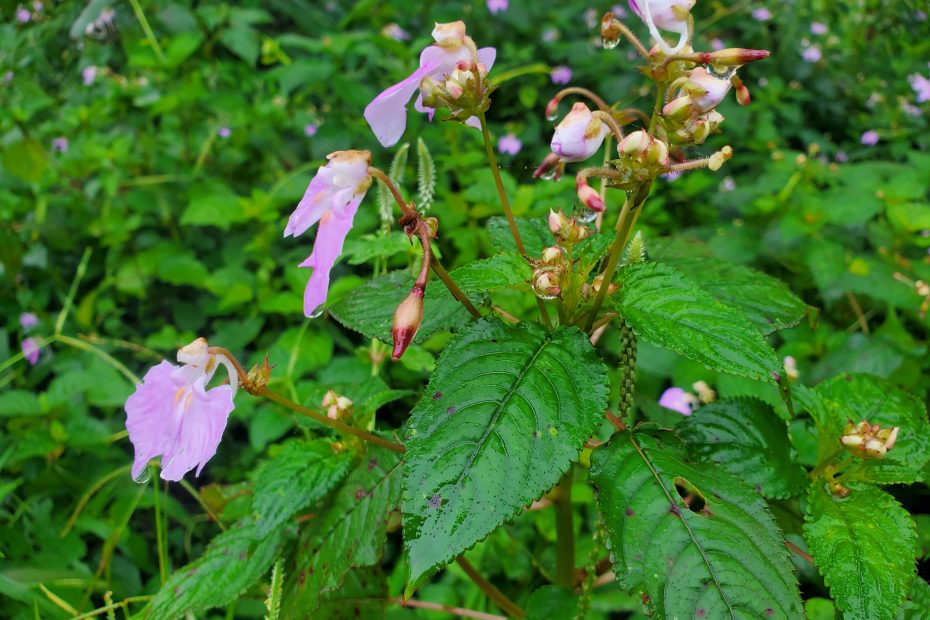Table of Contents
Introduction
Kinshasa and Brazzaville are the pulsating cultural centers of the Democratic Republic of the Congo and the Republic of the Congo, respectively. Located directly across the Congo River from each other, these bustling capitals showcase the diversity, ingenuity, and resilience of Congolese culture. Though bearing the scars of colonization and civil conflict, Kinshasa and Brazzaville remain vibrant hubs showcasing tradition through music, art, cuisine, and language.
Kinshasa: Congo’s Largest City
A Trading Post Grown Into a Sprawling Capital
Founded in 1881 by famous explorer Henry Morton Stanley as a small trading post, Kinshasa was named Leopoldville under Belgian colonial rule. Its strategic location on the Congo River allowed it to flourish as a major commercial center. When the DRC gained independence in 1960, Leopoldville was chosen as the new nation’s capital and renamed Kinshasa. Today over 12 million inhabitants call this sprawling, kinetic city home.
Rumba, Painting, and Fu Fu: Kinshasa’s Artistic Side
As the DRC’s cultural epicenter, Kinshasa is renowned for its music, art, and food. Congolese rumba, a fusion of Cuban rumba and traditional drumming, was born in Kinshasa. Contemporary genres like ndombolo and soukous also originated here. Kinshasa’s art scene encompasses not just gallery paintings but also wildly colorful murals and street art reflecting daily life. Typical dishes include grilled meat, fish, fu fu cornmeal, and beans like congow.
Poverty and Corruption Remain Challenges
Despite its cultural riches, Kinshasa grapples with many urban ills. As people flooded the city seeking opportunities, infrastructure and social services failed to keep pace. Vast slums, frequent power outages, and lack of clean water afflict many residents. Government corruption and near-constant political unrest further undermine living conditions and the economy.
Brazzaville: A French Colonial Creation
From French Trading Post to National Capital
Across the Congo River lies Brazzaville, founded in 1880 as a French colonial trading post. It became the capital of French Equatorial Africa in 1910 and endured intensive redevelopment into an administrative center. When the Republic of Congo gained independence in 1960, Brazzaville was again chosen as the new nation’s capital. During the 1990s, nearly a third of Brazzaville was destroyed in civil war but has since been rebuilt.
Makossa, Masks, and Moambe: Brazzaville’s Artistic Traditions
Brazzaville rivals Kinshasa as a wellspring of Congolese art and culture. The lively makossa style of music evolved here, along with later dance music like ndombolo. Traditional crafts abound, from woodcarvings and masks to woven raffia textiles. Brazzaville cuisine reveals French and African influences, with dishes like moambe chicken, poulet DG, and fish.
Recovering from War and Oil Dependence
As in Kinshasa, poverty and infrastructure deficits burden much of Brazzaville’s population today. Recovery from civil war has been gradual, hindered by heavy economic dependence on oil. Yet relative political stability has allowed for optimism and increasingly vibrant artistic expression after years of turmoil.
Shared Language, Different Legacies
Despite the Congo River dividing them, Kinshasa and Brazzaville share cultural bonds. Lingala, originally spread by Belgian colonists from Kinshasa, is now the common language in both cities. Music, art, and food also overflow the national borders that separate these sister cities. Yet differences remain between Congo’s French and Belgian colonial legacies. Kinshasa leans more towards Anglophone pop culture, while Brazzaville retains stronger ties to France.
Preserving Tradition, Embracing Modernity
At heart, Kinshasa and Brazzaville provide windows into the sheer diversity and dynamism of Congolese culture. Both cities celebrate artistic traditions old and new, from folk music and dances to popular recording artists reaching global audiences. Yet globalization and rapid urbanization put pressure on traditional ways of life. Sustaining cultural identity while embracing modernity remains an ongoing challenge. Still, the creative energy pulsing through Congo’s cultural capitals hints at a bright future.
Conclusion
Kinshasa and Brazzaville may face myriad urban difficulties, but they represent the vibrant heart of Congolese culture. From rumba and ndombolo beats echoing late into the night to colorful murals glimpsed on bustling streets, these cities exemplify the nation’s diverse artistic traditions. At the same time, this cultural heritage remains at risk from poverty, conflict, and globalization. Preserving the soul of the Congolese people while developing the economy remains key to the future of these African capitals. If efforts pay off, Kinshasa and Brazzaville can become anchors of stability and empowerment across the Congo River basin. Their interwoven cultures could provide inspiration across Africa and beyond.
FAQs
What are some notable cultural contributions from Kinshasa and Brazzaville?
Both cities have created popular musical styles like rumba, soukous, and ndombolo. Kinshasa has a vibrant arts scene with street murals and paintings reflecting daily life. Brazzaville is known for masks, woodcarvings, and raffia cloth arts.
How have colonization and civil wars impacted the two cities?
Colonization led to economic exploitation, while civil wars caused extensive damage and instability. Poverty, corruption, and inadequate infrastructure continue to plague both capitals today.
Why are Kinshasa and Brazzaville considered cultural capitals?
As the largest cities and national capitals of their respective countries, they contain the highest concentration of cultural institutions and artistic talent. Music, cuisine, language, and the arts all thrive in these urban hubs.
How does the Congo River connect or divide Kinshasa and Brazzaville culturally?
The river physically separates them but also links them through trade and movement of people. Cultural influences and artistic styles flow across the border, though differences in colonial history remain.
What challenges do Kinshasa and Brazzaville face in preserving cultural traditions?
Poverty limits access to cultural programs and education for many. Rapid urbanization and globalization risk diluting traditional practices. Political instability also undermines cultural institutions and funding for the arts.
